Barry “Butch” Wilmore and Sunita “Suni” Williams may soon face “life-altering” risks now that NASA’s stranded Boeing astronauts could remain stuck in space.
Wilmore and Williams initially only planned to be up on the International Space Station (ISS) for eight days. Now, they’ve been up on the ISS for more than 60 days — and could remain stranded in space until next year.
Boeing’s Issues Keep Astronauts Stranded
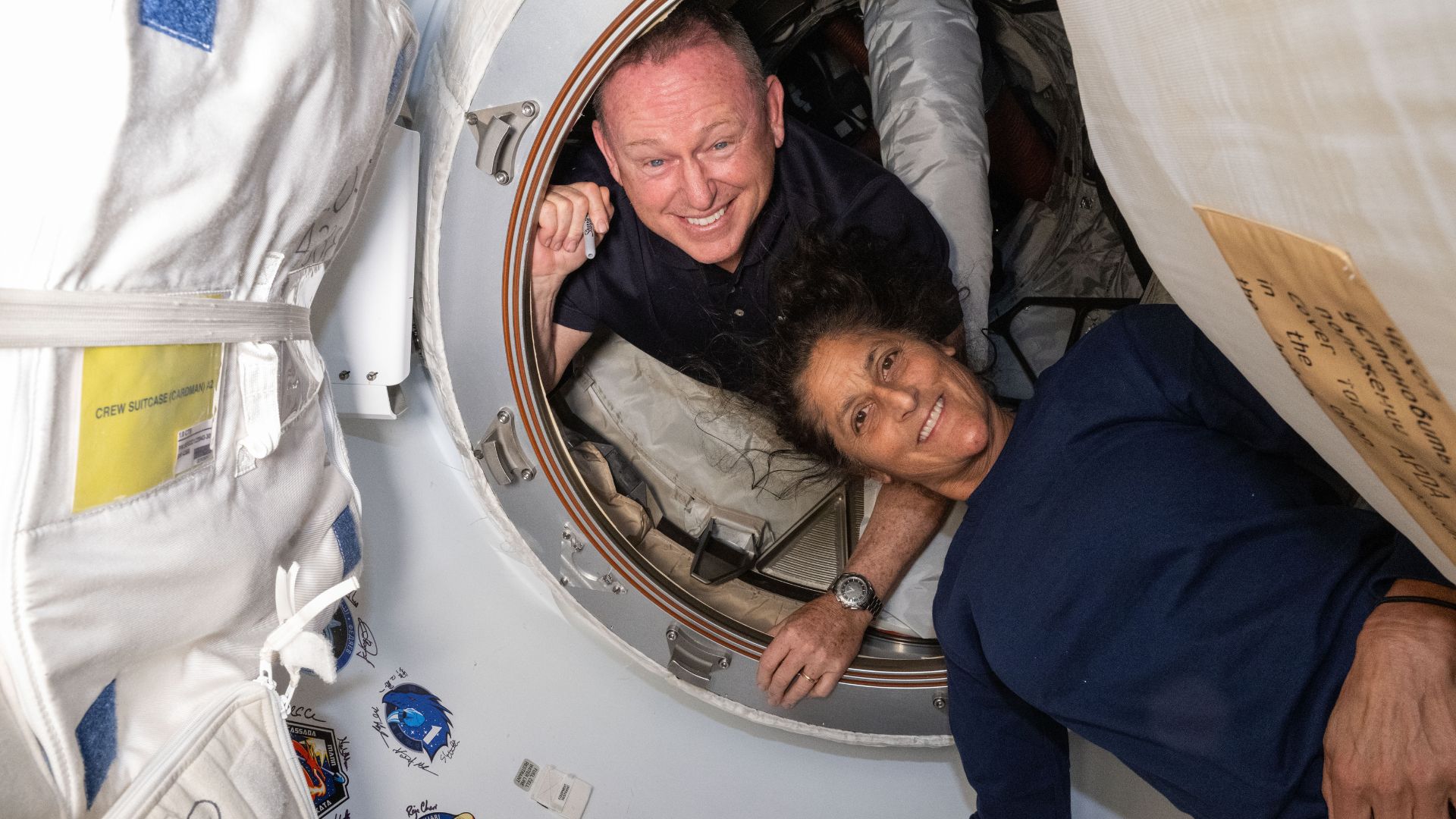
In a new press conference this week, NASA officials admitted that Wilmore and Williams could remain stuck up on the ISS until potentially 2025.
The issues with their craft, Boeing’s Starliner, have made engineers seemingly worried about bringing them back down to Earth safely. Instead, NASA is considering sending up a SpaceX craft to bring them back home.
An Ongoing Issue
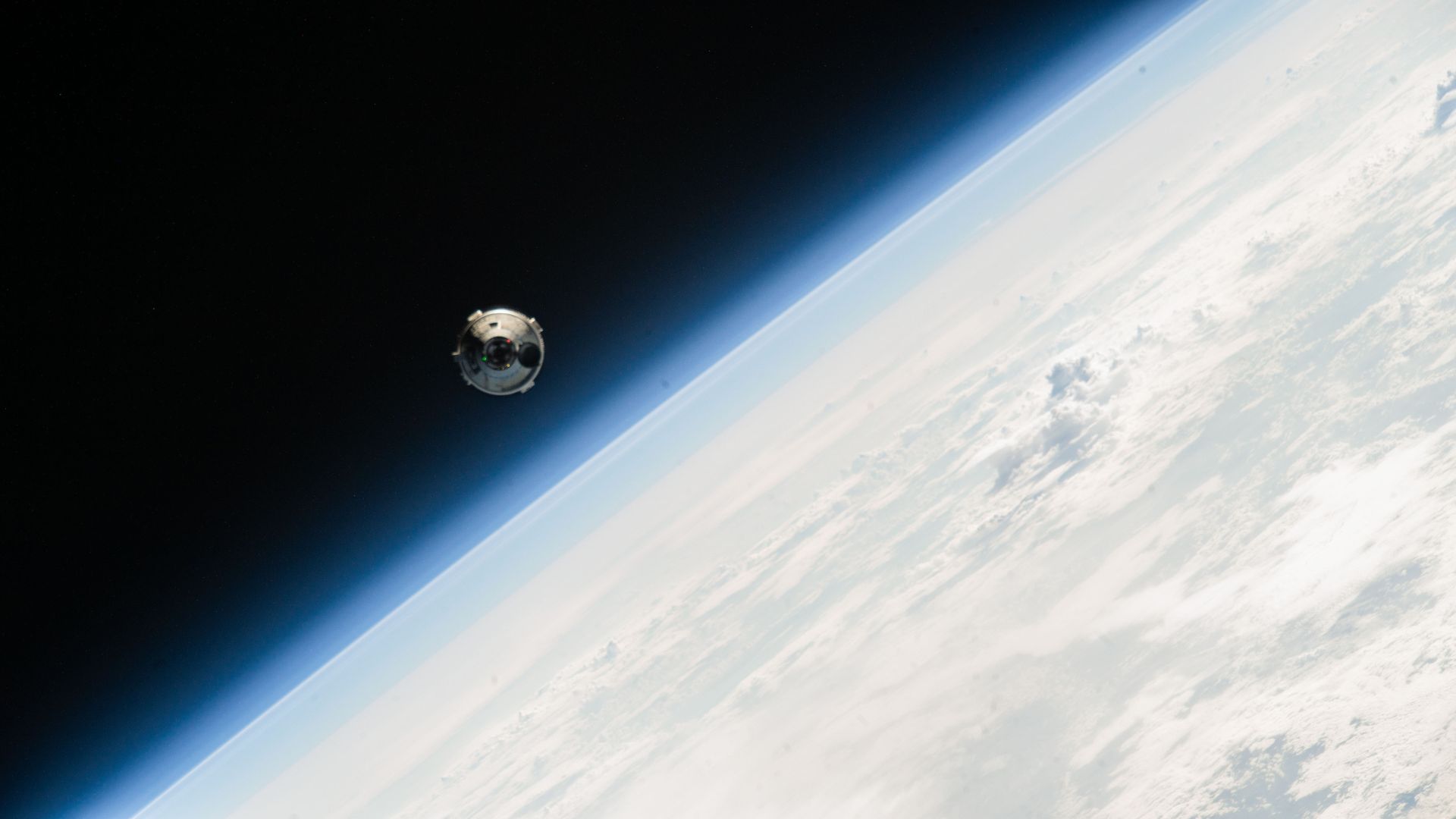
This latest revelation comes after NASA repeatedly pushed back the date for Wilmore and Williams to return from the ISS on the Starliner.
At first, NASA simply said that they needed to run more tests. However, now all of the tests have been run on the Starliner — and they’re still hesitating to bring them home.
NASA Astronauts Remain Positive
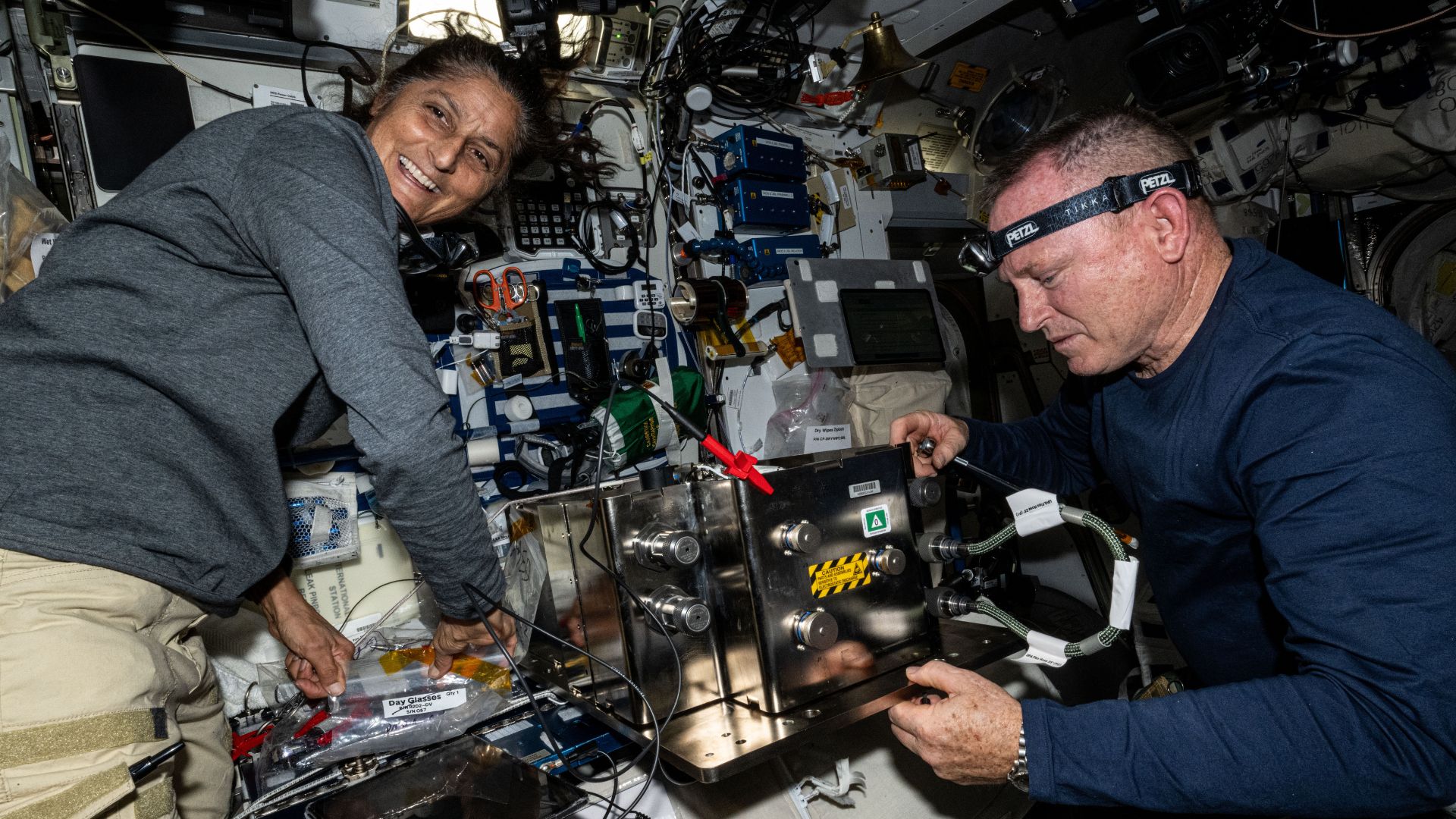
When NASA first revealed that these two astronauts would have an extended stay on the ISS, they also claimed that both were thrilled to have their mission prolonged, as they haven’t been able to be in space in many years.
Throughout all of these issues, Williams and Wilmore have remained positive. They’ve both stated they have full trust in the Starliner and Boeing engineers bringing them home.
Life Altering Risks Could Appear
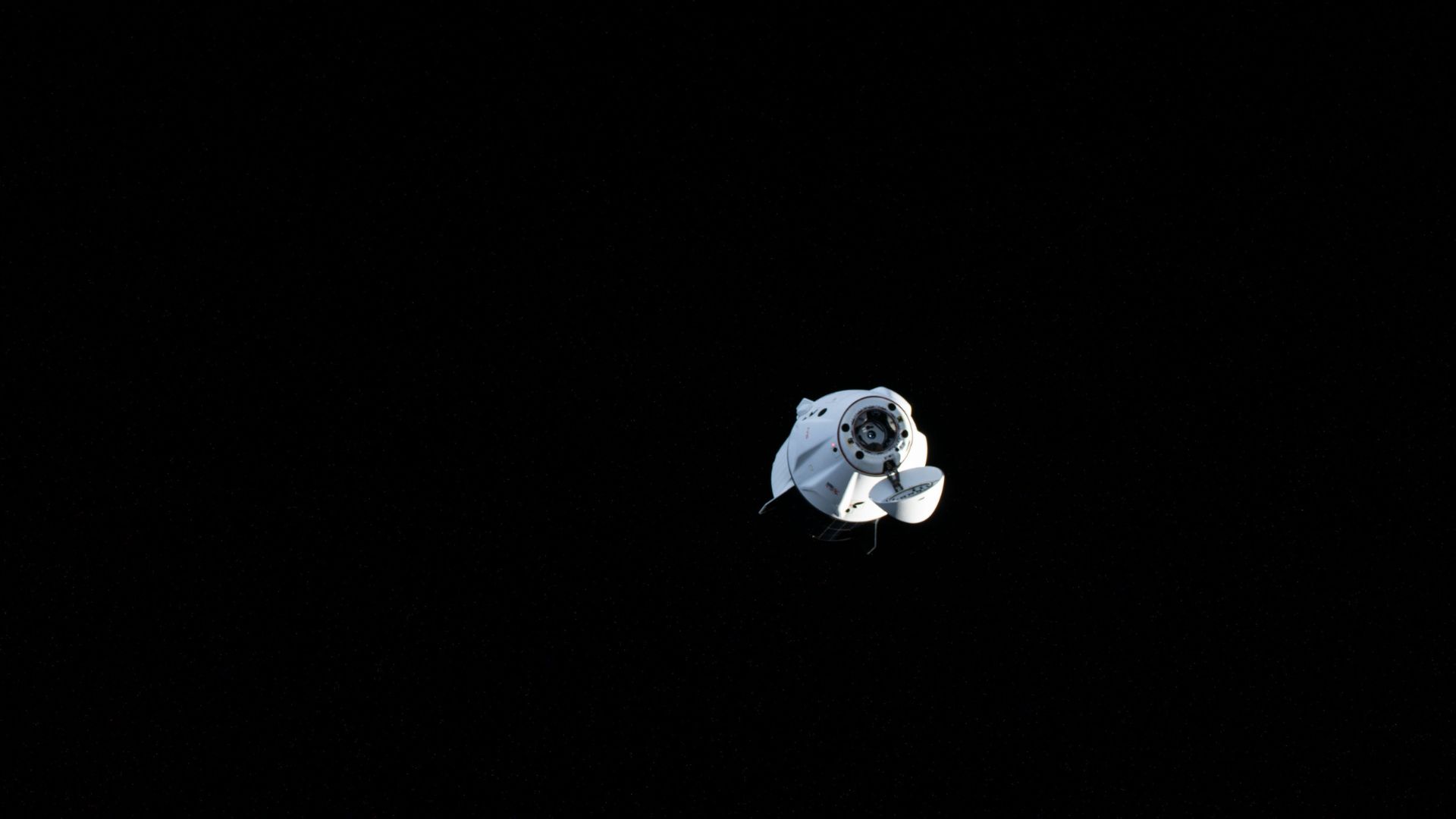
However, even if Williams and Wilmore stay incredibly positive about these constant delays to return home, analysts have warned that there are risks to staying up in space.
Staying in space for a prolonged period of time may be safer than it once was, but it still holds many dangerous risks.
Astronaut Bodies Are Impacted in Space
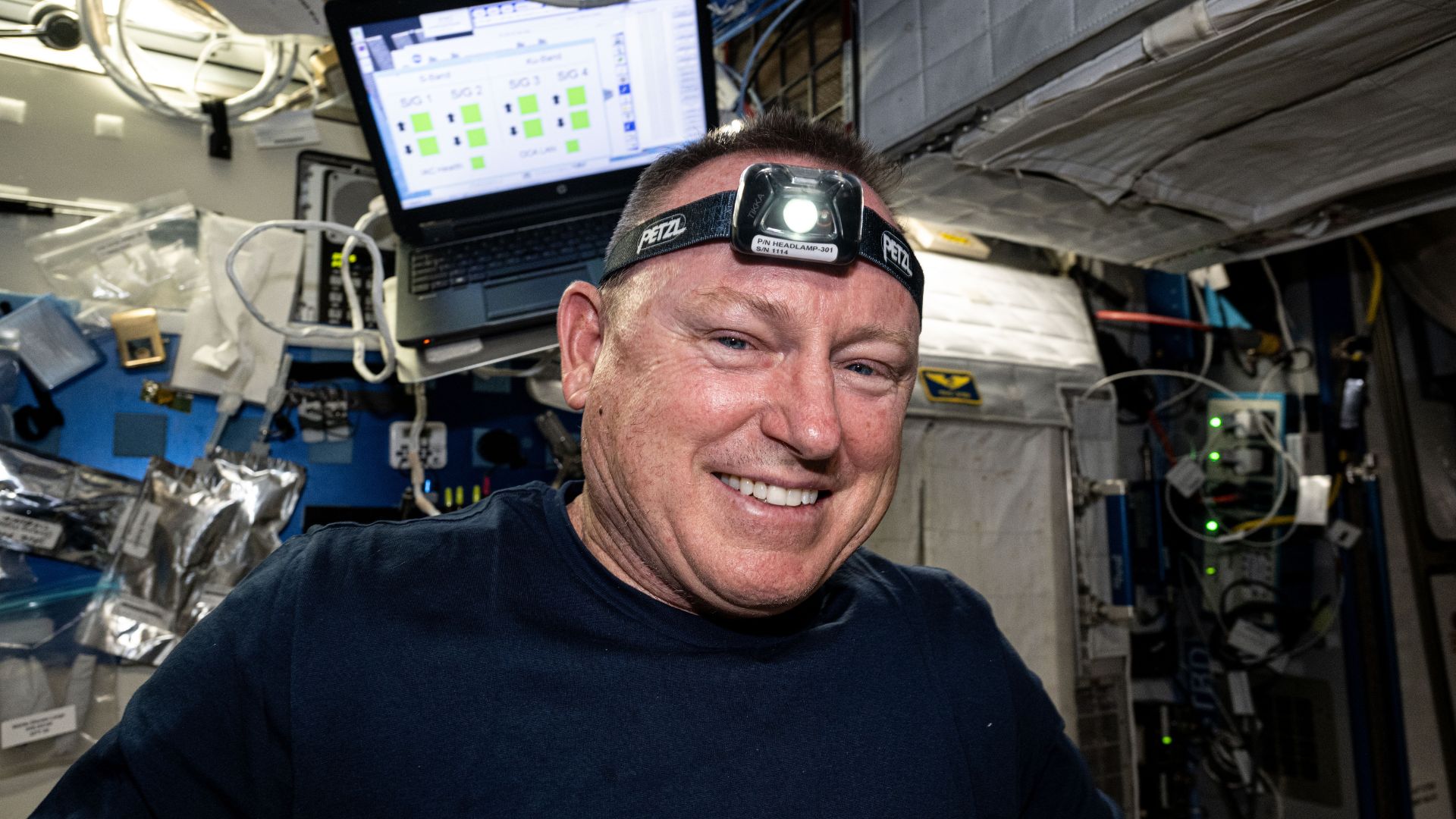
Kyle Zagrodzky, the CEO and founder of the bone health clinic OsteoStrong, recently revealed how astronaut’s bones can experience bone loss very quickly while in space.
Zagrodzky explained, “Astronauts experience accelerated bone loss at an alarming rate—about 12 times faster than severe osteoporosis on Earth.”
Why This Deterioration Can Happen
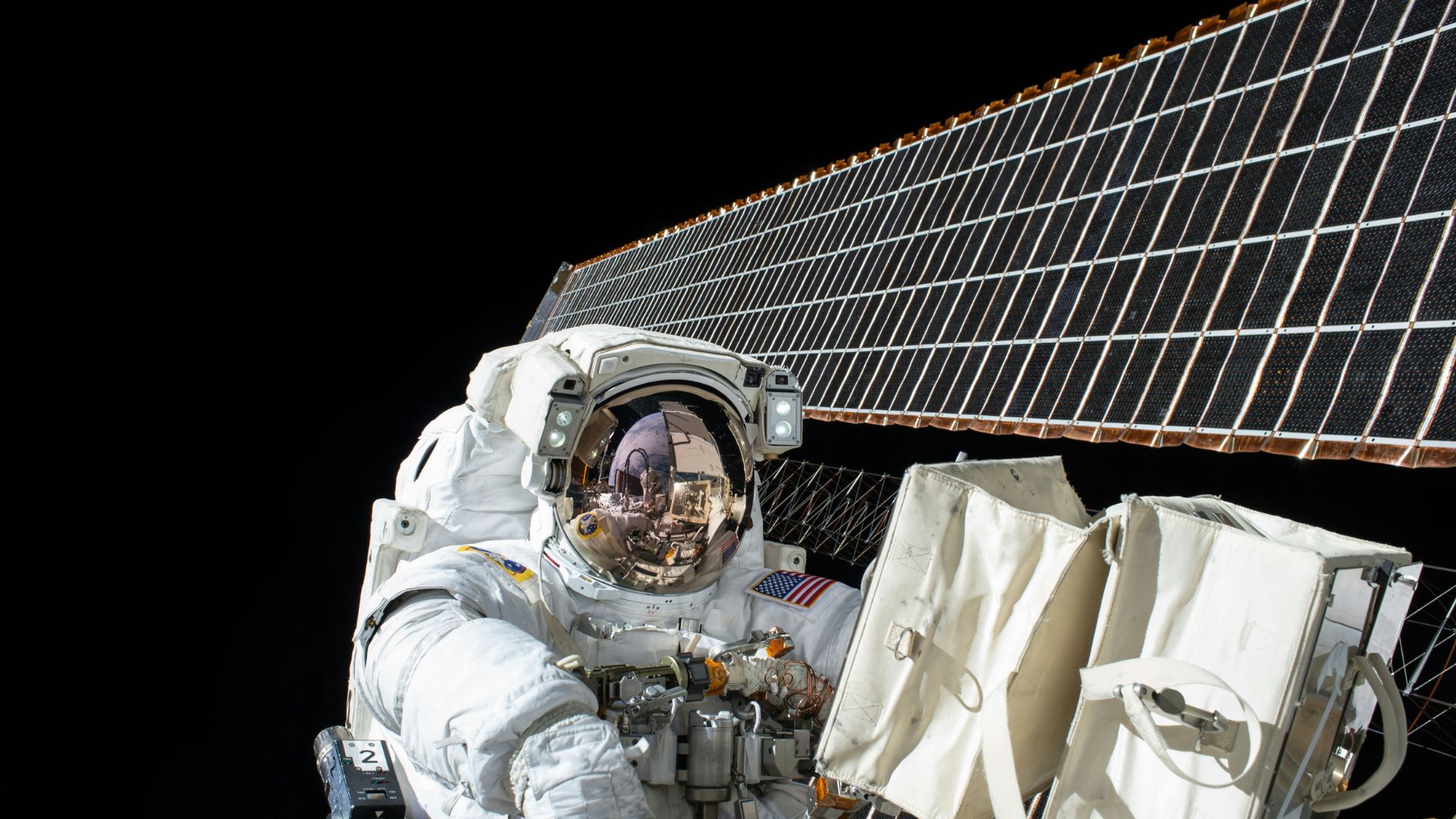
Zagrodzky further explained that this deterioration can happen because of the gravity in space.
“This rapid deterioration occurs because bones no longer bear the constant gravity load in space. As a result, density and strength diminish quickly, compressing years of potential osteoporosis into mere months,” he said.
Life Altering Risks From Space Travel
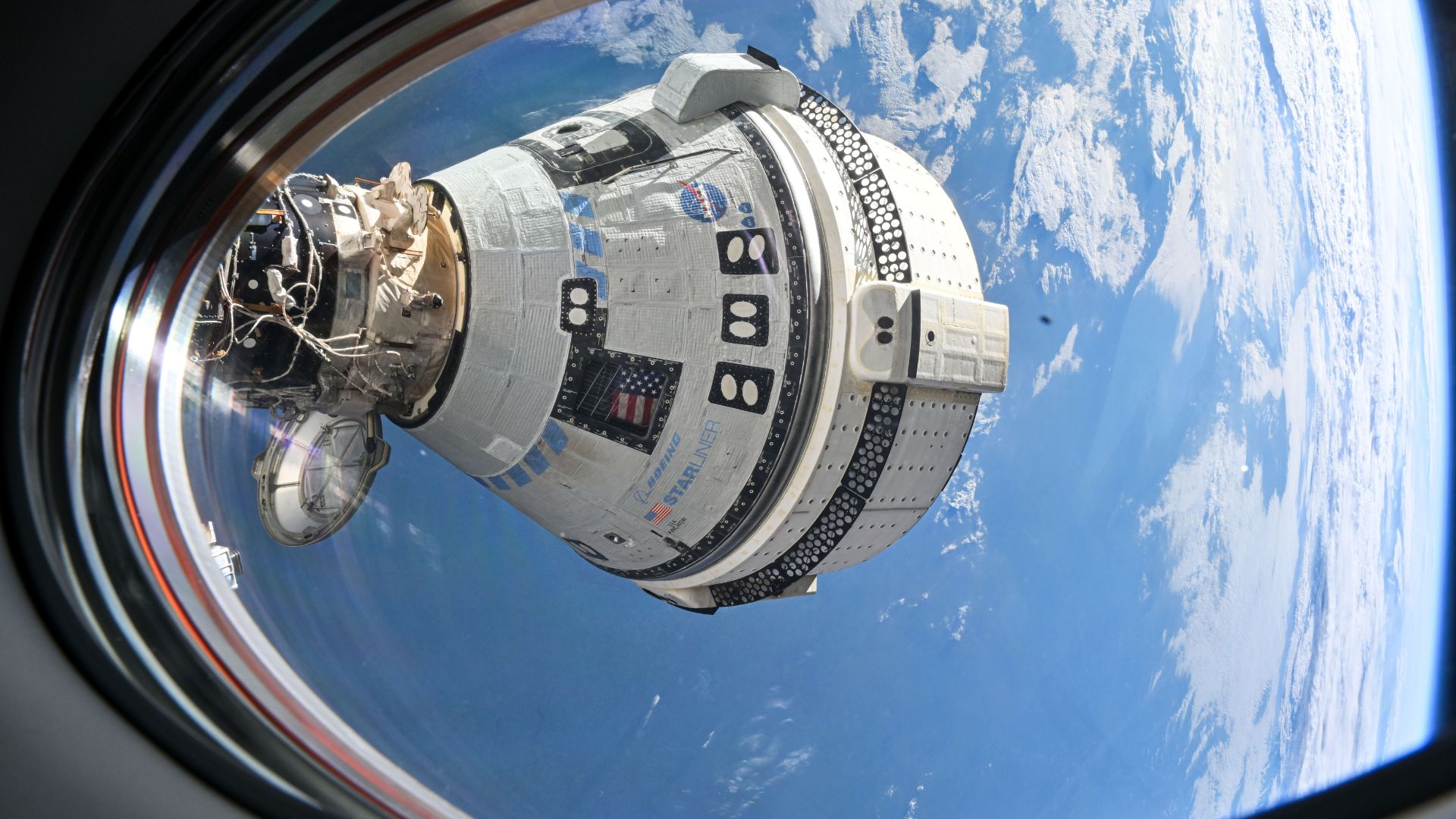
The CEO also stated that this can bring about incredible life-altering risks.
“Osteoporosis increases fracture risk, often leading to life-altering injuries,” Zagrodzky explained. “Hip fractures pose a grave concern, as they can strip away independence and increase mortality risk.”
Other Health Issues That Could Occur
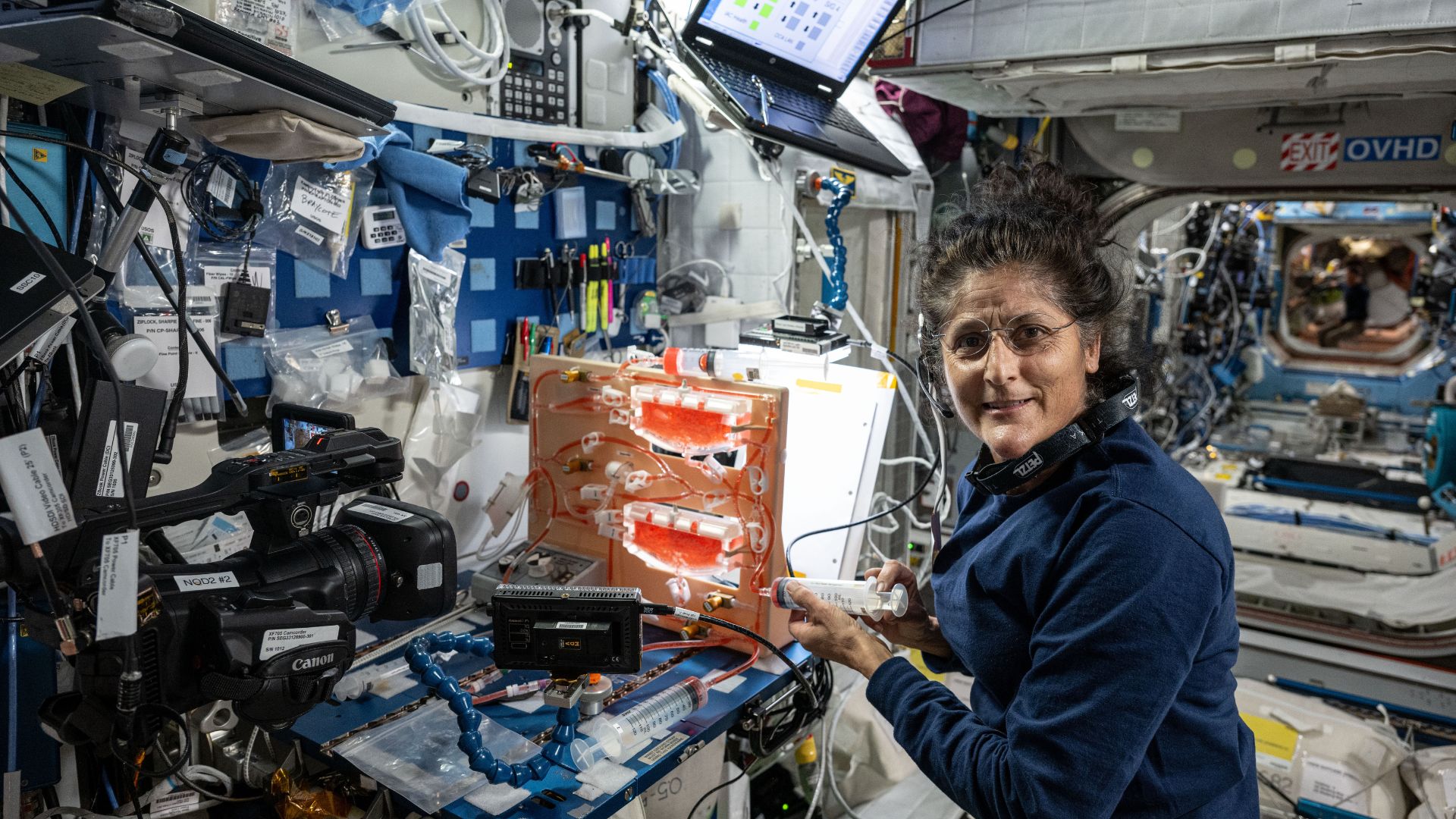
Zagrodzky added that astronauts face even more health concerns when they stay up in space for extended periods of time.
“Muscle atrophy sets in as the body adjusts to weightlessness,” Zagrodzky stated. “Cardiovascular deconditioning is another concern, along with potential balance and coordination issues upon returning to Earth. There’s also increased radiation exposure in space, which may elevate long-term cancer risks.”
Keeping These Health Issues From Occurring
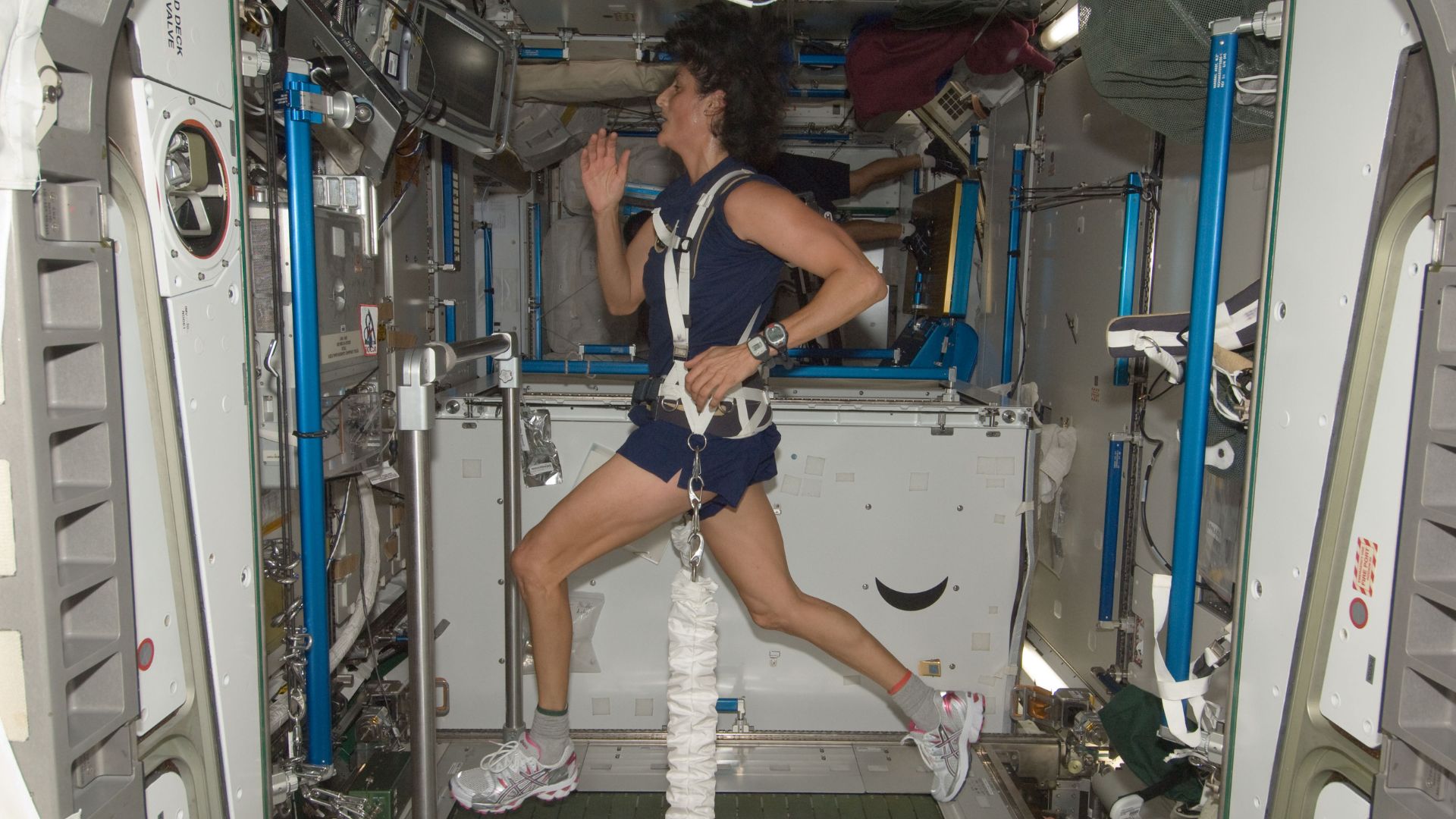
NASA has long been aware of the many health issues that could arise as astronauts stay on the ISS. As a result, they have filled the space station with exercise equipment that was specifically designed to help with these problems.
These tools were made to help astronauts counteract the bone and muscle loss that they may experience in microgravity.
Boeing’s Many Issues
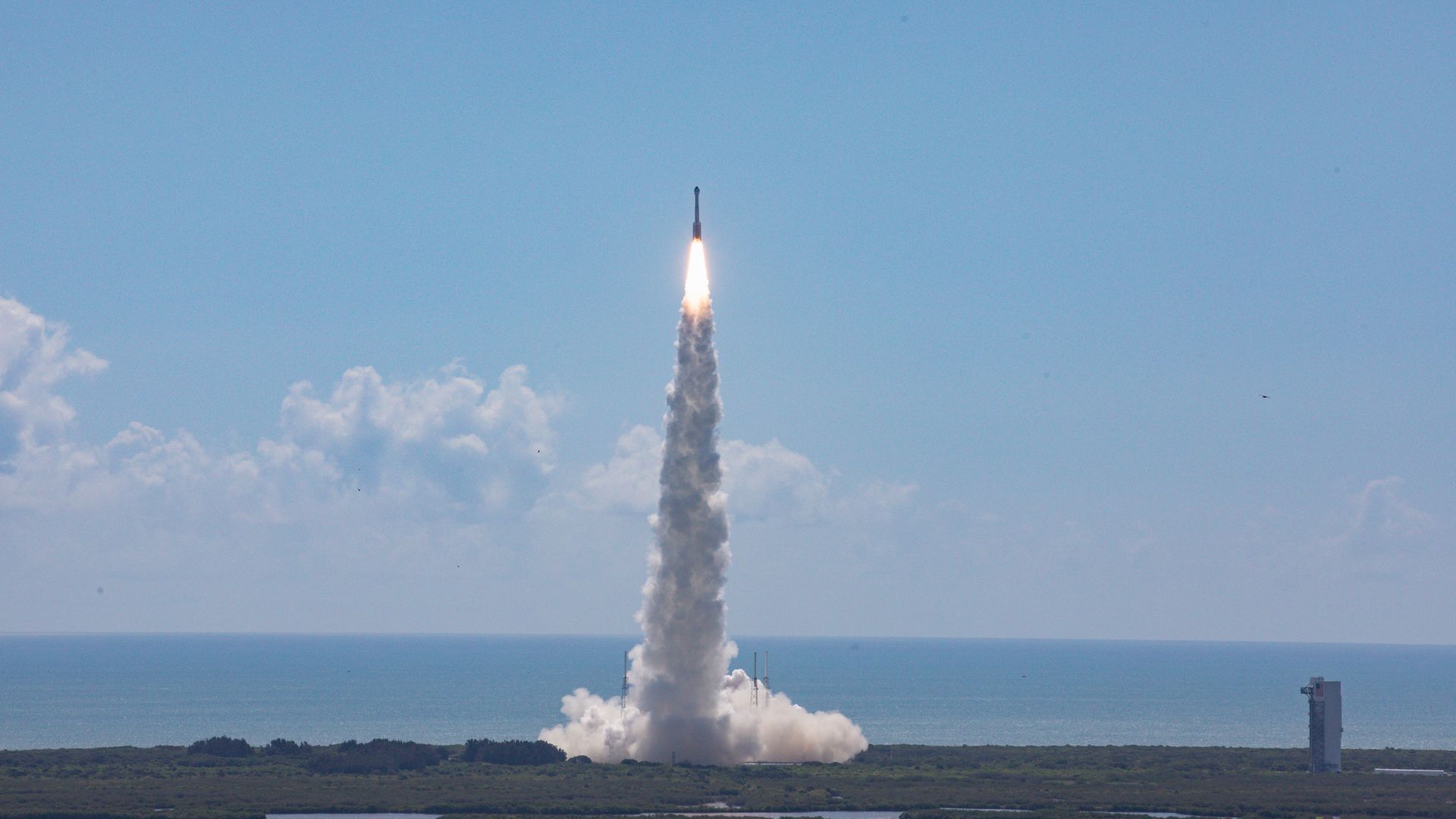
These latest Boeing woes aren’t new. Even before the Starliner launched, there were many problems that forced the launch to be scrubbed — often at the very last minute.
More than once, both Wilmore and Williams were already strapped into their seats in the capsule, preparing for launch, when it was called off.
The Discovery of New Problems
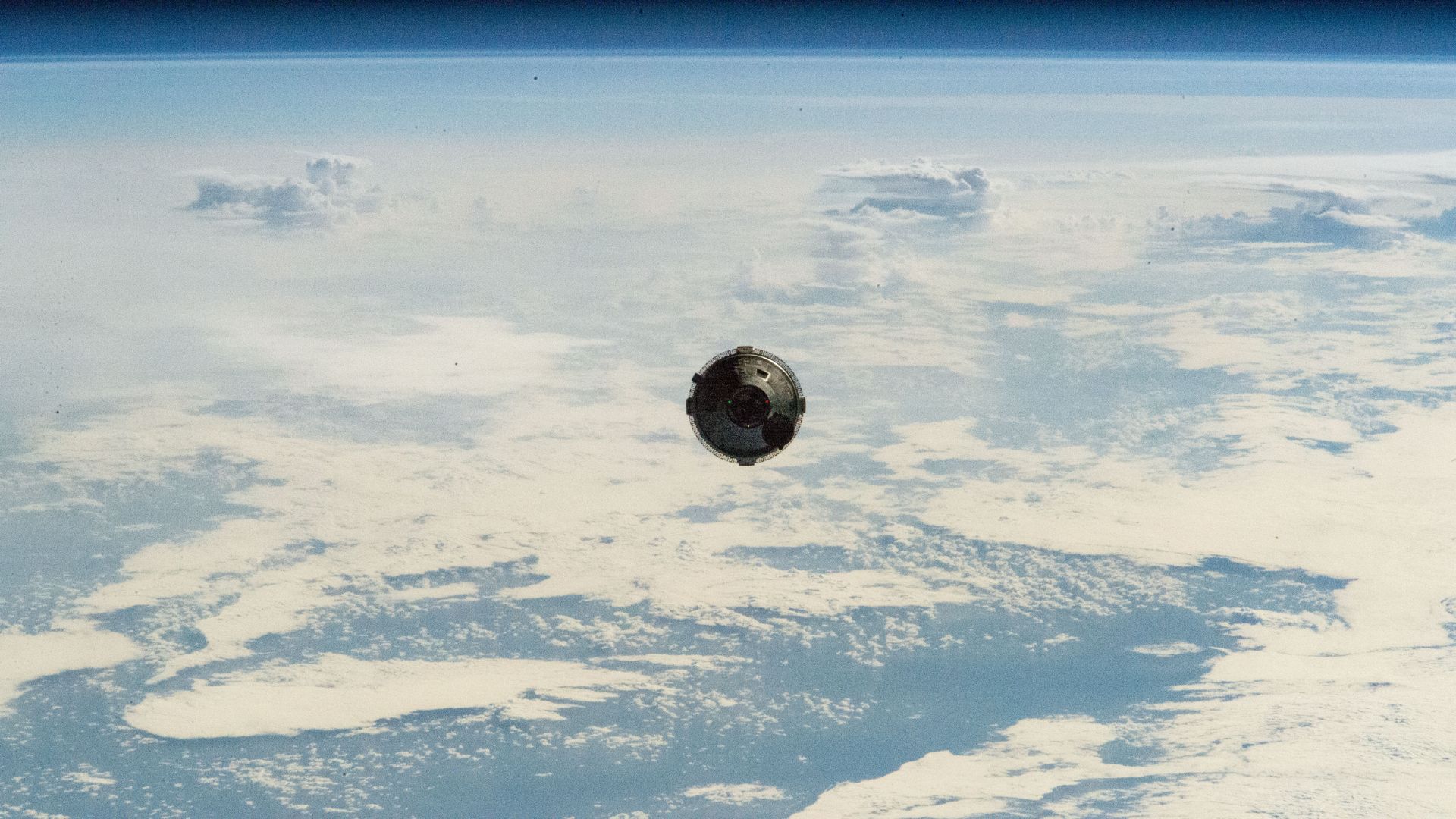
After the Starliner’s successful launch, engineers became aware of more than a few problems with the craft while it was in space, including new helium leaks.
The most concerning flaw lies with the shutting down of five thrusters when the Starliner was trying to initially dock at the ISS. So far, four thrusters have come back on successfully.
